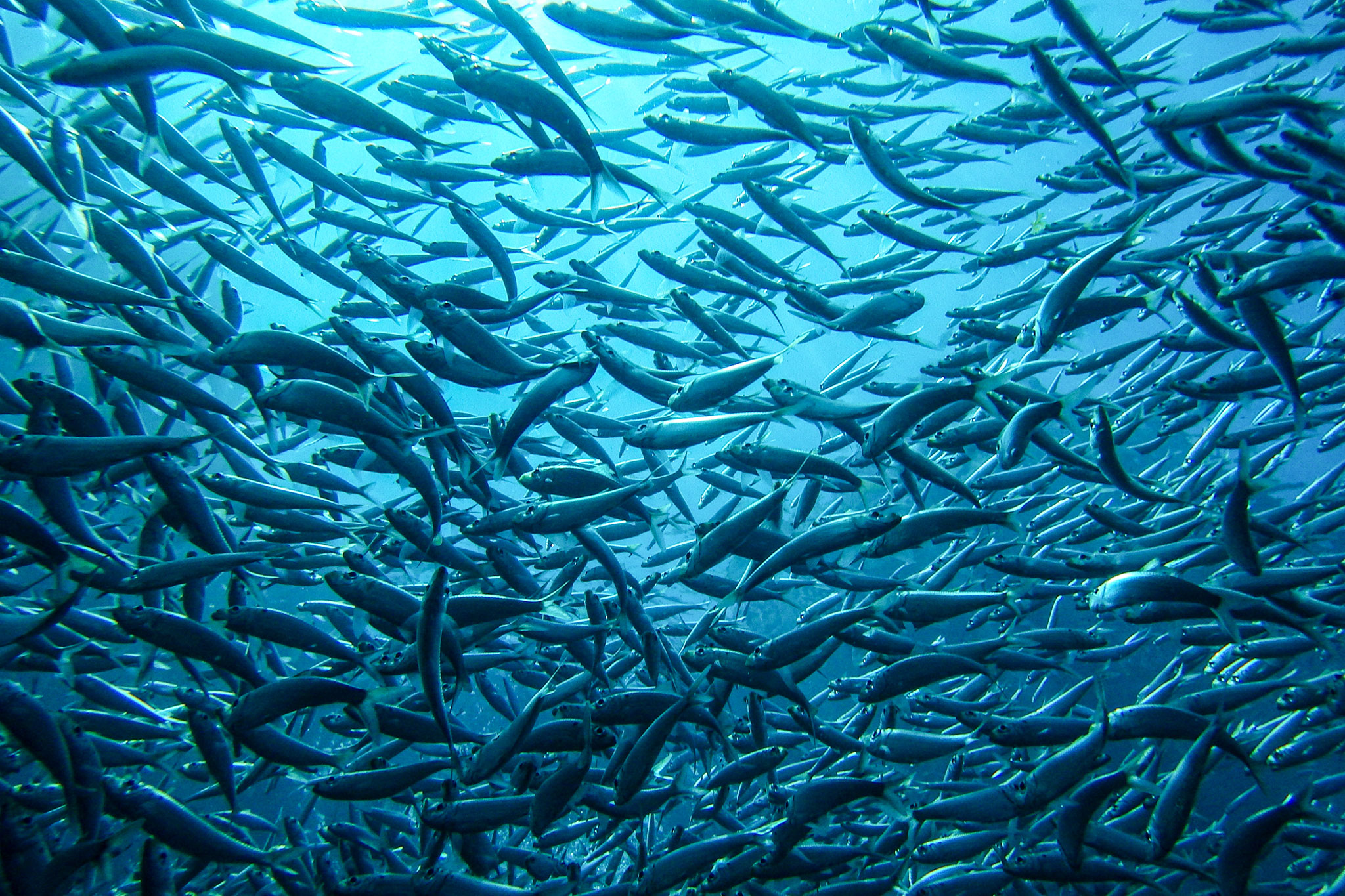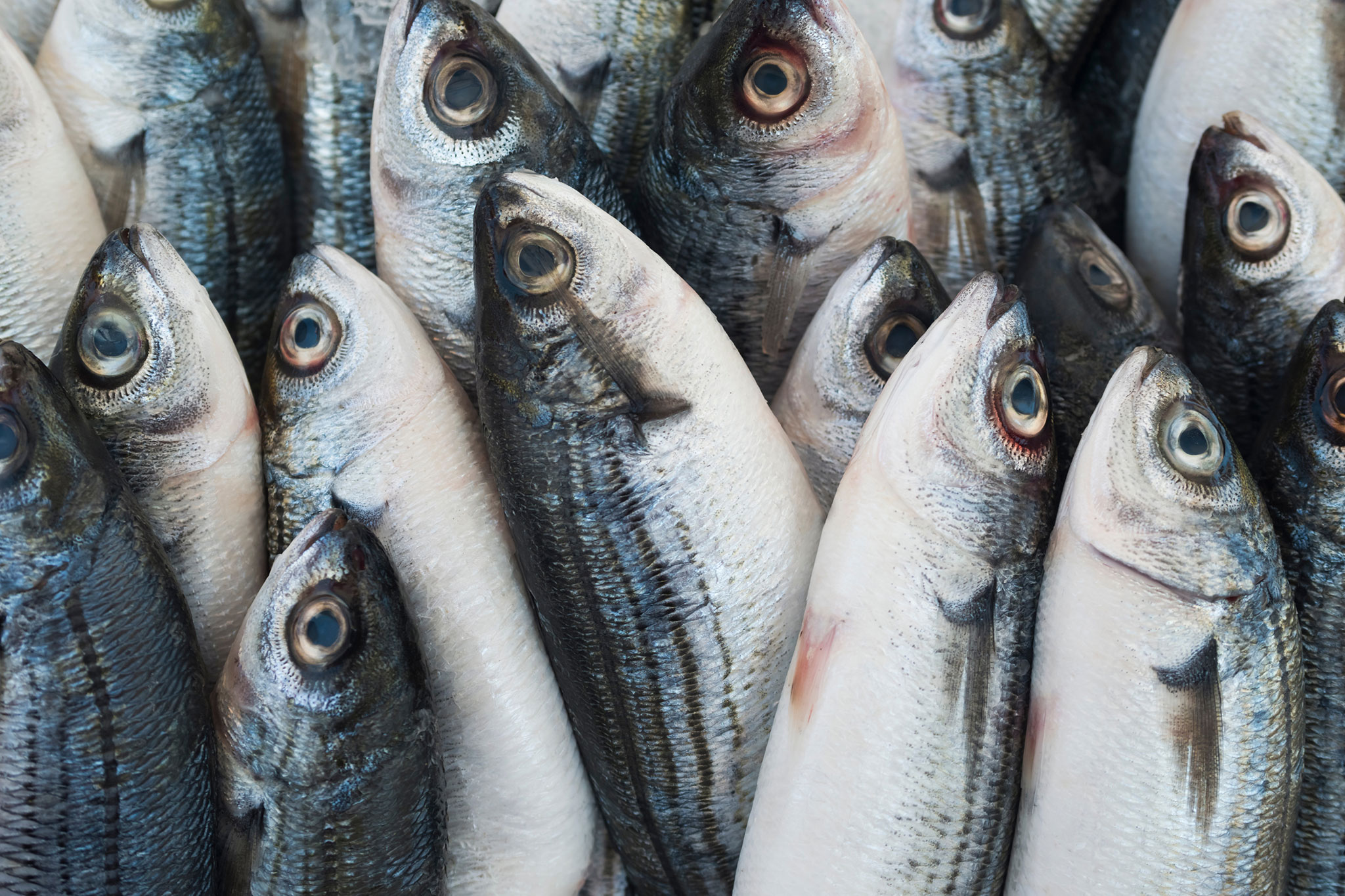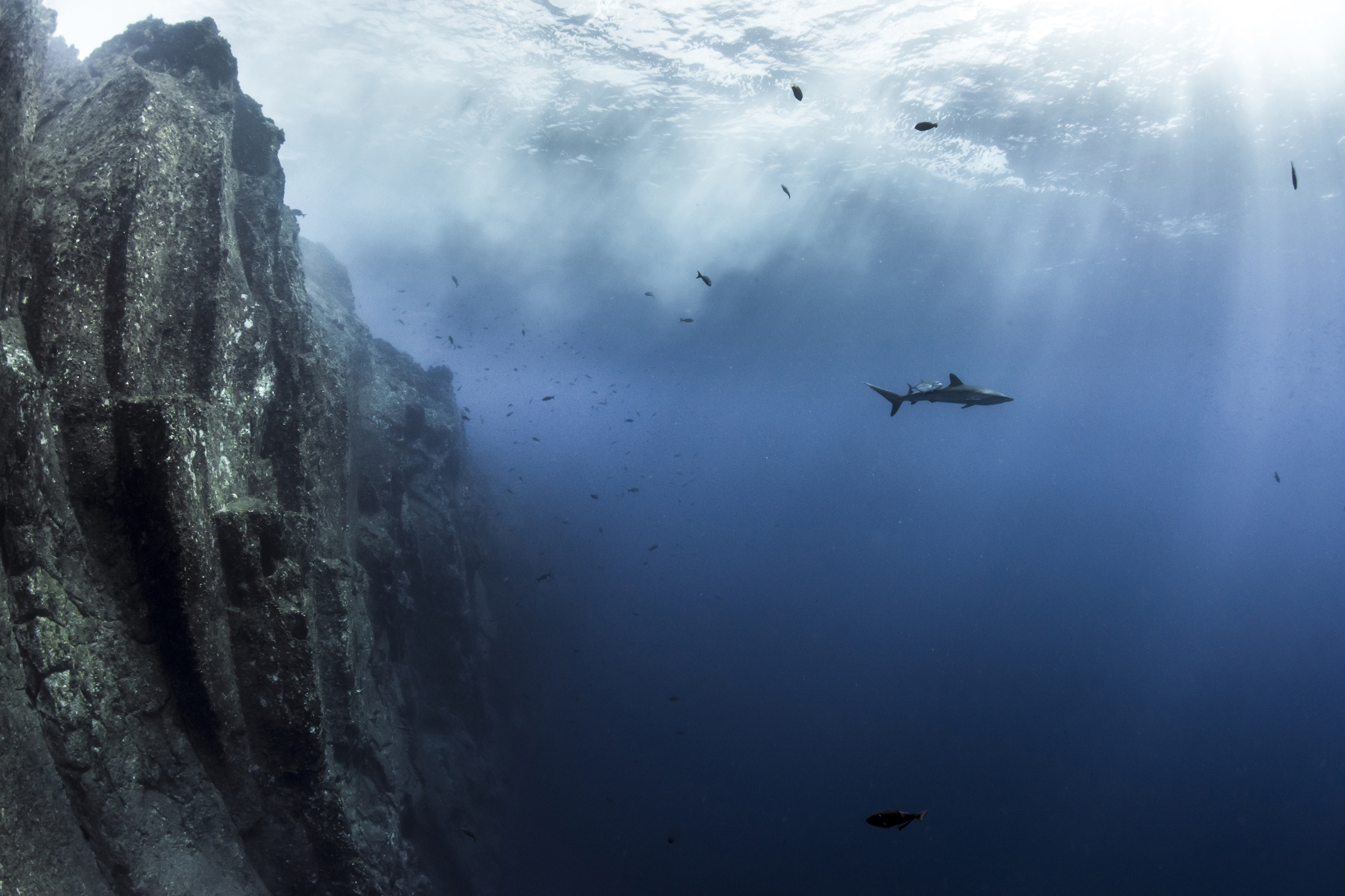By 2050, the world population will reach just over 9,500 million people. It is estimated that this growth will be accompanied by an increase in food demand of more than 70%. As it is expected, the demand for ocean products will follow suit, but considering the incentives provided by the institutions that regulate the fishing activity in many countries, ensuring supply continuity will only be possible if we start to use the marine resources responsibly.
Undoubtedly, the biggest challenge for ocean conservation is overfishing. Since 1996, the year in which the global fishing production reached its historic maximum level with 86.4 million metric tons extracted the ocean, the global capture production has decreased consistently and so has the number of fisheries at their maximum sustainable level. According to the Food and Agriculture Organization of the United Nations (FAO), while in 1974 nearly 90% of the fisheries operated within sustainable exploitation levels, in 2013 only 68% did. That same year, over 31% of the world’s fisheries were overexploited. Note that that same year, 58% of the fisheries were at their maximum sustainable level, which means that increases in the fishing effort could have led to future overexploitation.
The traditional fishing regulatory institutions contribute to ocean overexploitation mainly because they were founded under the paradigm of the infinite abundance of marine resources. From an international perspective, The United Nations Convention on the Law of the Sea establishes that the territorial sea for nations spreads 12 nautical miles around their coasts, while its exclusive economic zone spreads over 200 nautical miles. Hence, close to 40% of the total ocean surface, approximately 130 million square kilometers, is out of the jurisdiction of any nation. This territory is known as “open sea”, and there occurs a phenomenon known as the “The Tragedy of the Commons”, whereby the free access to resources creates individual incentives to overexploit them and maximize earnings today, even though this compromises the future interests of those whose livelihood comes the sea.
“The Tragedy of the Commons” also occurs within the territorial seas and waters under the jurisdiction of those countries where there is still “free access” for fishing or where the monitor and control systems are deficient, encouraging illegal fishing, which is estimated to account for a third of the total global capture.
In many countries, this practice has deepened because of government programs. For instance, places where subsidies are granted to purchase fuels and each day more efficient fishing equipment, foster overexploitation. This is mainly because these subsidies have contributed to increase the extraction capacity of marine resources worldwide. It is estimated that today there are more than 4.6 million fishing boats whose extraction capacity (per time unit) is greater than what the ocean can offer sustainably. This means that today we can fish at a faster rate than the time it takes the ocean to replace the resources.
In this respect, we are going through a decisive moment in terms of public policy making for ocean conservation. On the one hand, we have a dynamic where a lot of boats are after fewer fish, which consequently causes overexploitation of other species. On the other hand, we face an accelerated increase in food demand, which means that if there is not a profound change in the way we think and utilize marine resources, the overexploitation trend will only go up.
The above would happen because shortage of any good increases its price as well as the expected sale earnings. For the case of marine products, there is an overwhelming example: in January 2017, the first bluefin tuna of the season (bluefin tuna faces imminent extinction danger) weighed 212 kilos and was sold at the Tokyo market for $860 000 dollars, $4 057 dollars per kilo.
The solution to the overfishing challenge is not one single thing
To revert overfishing it is necessary to:
a) Establish vast Marine Protected Areas (with a total fishing ban), to slow down the decline of the fish populations and protect key ecosystems for their survival.as well as the survival of the great ocean biodiversity.
b) Modify the institutions that regulate fishing as well as the fishing management systems in conjunction with all the stakeholders: fishermen, government and other users of the marine resources, to reach sustainable exploitation levels.
c) Do it as soon as possible.
The last condition is the one that causes the greatest concern among scientists and public policy makers. This is because it is not possible to shift a paradigm overnight, it requires time, a lot of teamwork and trust in the expected results. It is about changing policies and the institutions that regulate the extraction of marine resources, sometimes sacrificing current benefits to secure future ones.
Role of Marine Protected Areas
Today, just over 3% of the total ocean area is under some sort of protection, which would not be enough to guarantee the survival of the ecosystems and vital marine species. However, in the last few years, the world has seen an increase in the protected marine surface.
This increase is mainly the result of the agreements reached at the Conference of the Parties 10 (COP 10) as part of UN Convention on Biological Diversity, which took place in Nagoya, Japan, and where 168 countries agreed to protect 10% of the coastal zones and marine areas of their countries by 2020. It is also the result of adopting the UN Sustainable Development Goals, estab-lished in 2015, specifically Goal 14 which is related to conservation and sustainable use of marine resources.
How do they help?
Marine Protected Areas are well established conservation instruments, based on scientific knowledge, and commonly used to fight biodiversity losses and stimulate the growth of marine species populations that have suffered some degree of overexploitation.
Science indicates that protected areas can provide a variety of additional benefits, including reducing the impact of the effects of climate change. However, not all the protected areas are the same, and the benefits they offer depend heavily on the protection level chosen for them. There are three commonly used protection categories for marine areas: highly and fully protected, heavily protected and barely protected. The highly and fully protected offer the most benefits and the best results in terms of conservation. Specifically, the highly and fully marine protected areas, in remote locations, vast in size, older than 10 years, with an extraction ban and heavy controls and monitoring by the authorities, are the areas that offer the greatest ecological benefits.
The Marine Protected Areas where there is a total extraction ban (no fishing zones) have double the number of large fish species, five times greater biomass of large fish, and 14 times greater biomass of sharks, compared to those areas where fishing is permitted. In addition to this, fish populations within highly and fully marine protected areas have a greater probability to provide adult fish and larvae outside of its boundaries. The most vulnerable coral reefs recover faster, which aids the recovery of the herbivore fish populations. At the same time, large marine predators such as sharks and billfish also recover faster.
A global summary of 124 Marine Protected Areas worldwide, where there is an extraction ban, found that in general fish presence is up (by 166%), there are more larger fish (28%, more), there is greater fish biodiversity (21% more species), and there is greater biomass (446% up). Additionally, these areas improve the ocean’s ability to capture carbon, reducing the effects of ocean acidification and provide climate change resilience. Likewise, highly and fully marine protected areas have proven to be conservation tools with enormous benefits for migratory species that use them as temporary habitats or to reproduce, winter, feed or give birth to their offspring. They are also beneficial for species which are important for the health of the ecosystems.
There are indicators that show that networks of highly and fully marine protected areas, together with fishing management tools, can contribute to the recovery and conservation of species with high commercial value. Additionally, are also magnets for marine ecotourism, an industry that has grown significantly over time, as well as being an important source of employment generation and revenue capture. Only in Mexico, close to 900,000 tourists interested in marine tourism visit the Baja California Peninsula every year, bringing in a total income close to 500 million dollars.
Mexico is also home to one of the most successful marine reserves globally: Cabo Pulmo in Baja California Sur. It is a community that used its adjacent marine area for fishing. Excessive fishing caused a steep decline of the fish populations of the area, and with it came a decline to the community’s income. In the light of this challenge, the team work within the community, civil organizations, academia and government resulted in the declaration of the area as National Park, where only fishing for self-supply was permitted.
However, Cabo Pulmo Community chose not to fish and dedicate themselves to activities related to marine ecotourism. It was a difficult choice, but the community assures it was the right one. In 2016, Cabo Pulmo received over 30,000 scuba divers, registered biomass levels 400% up compared to when it was a fishing community and an income several times higher than the income obtained the fishing activity. Most importantly, the community found a way of living that is sustainable over time and that contributes to ocean conservation.
The announcement of the designation of the Revillagigedo National Park (November, 2017) is a very important reason to celebrate in Mexico. Not only it complies anticipatedly with international commitments, but it is also the first step towards the creation of marine protected areas networks and fishing refuges, capable of keeping the immense biodiversity of our country, of fostering the health of key ecosystems to guarantee the food supply for future generations of Mexicans and of creating jobs and wealth. Congratulations Mexico!


















































































































